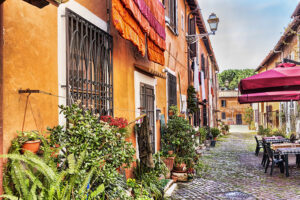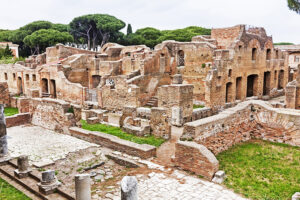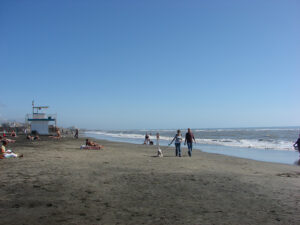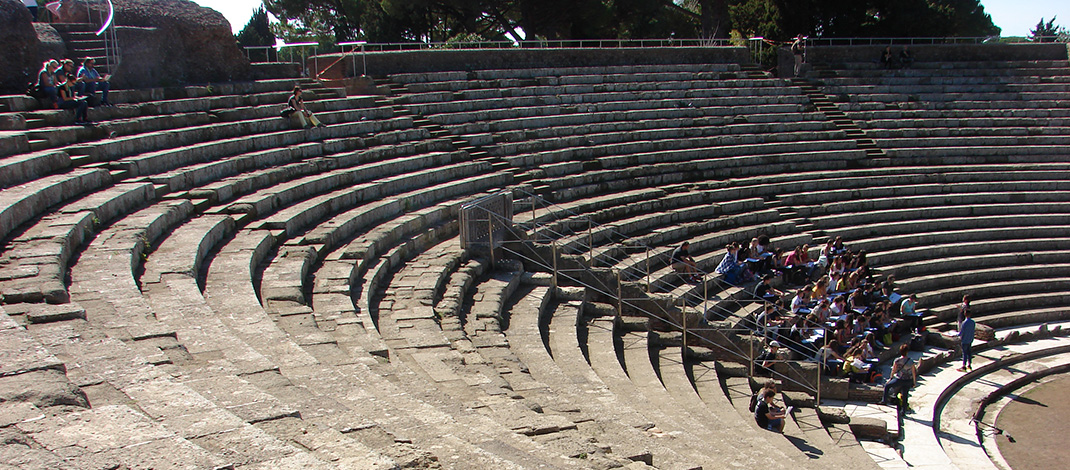A place near Rome is the best example of what an ancient Roman city looked like

There are so many great places to visit in Italy, it is impossible to see everything. During the summer Rome is crowded with tourists and the city can be blistering hot so a good option is to do what the Italians do — go to the beach.
Ostia, or more correctly, Lido di Ostia, is technically a neighborhood of Rome but it is about 20 miles from the center of Rome. There are two reasons to visit Ostia. One is to get away from the heat and to enjoy the long beach on the Tyrrhenian Sea. The other reason is to explore a major archeological site known at Ostia Antica a short distance away.
Lesser known compared to Pompeii, Ostia Antica is less crowded than Pompeii and just as interesting.
Ostia Antica was an ancient seaport that dates back to 620 BC. It was once a port at the mouth of the Tiber River and on the Tyrrhenian Sea at a time when the Romans controlled the Mediterranean Sea. It was a bustling international shipping port. The salt from the nearby salt flats was just one of the important items as it was needed to preserve meat. Ostia Antica was visited by people from all over the world. The city flourished and had a population of about 100,000 at its height.
Even though a fort was built to protect the city from repeated invasions and sackings by pirates along with the fall of Rome Empire, Ostia Antica faced decline and was finally abandoned in the 9th century. Over the years the harbor silted up, which in retrospect was fortunate because it preserved many of the buildings. The sea is now several miles away. It is the best example of what an ancient Roman city looked like.

Visitors can walk the cobbled road lined by rows of trees and remains of historical buildings and shops. It resembled many towns and cities along the famed Appian Way. It is the same road trod by Caesars, saints, sailors, traders and visitors from as far away as Egypt and Persia.
Not to miss is the city’s impressive theater. Built at the end of the first century BC and later expanded, it is one of the oldest masonry theaters in the world. It could accommodate 4,000 spectators. Find a place to sit, enjoy the view and most likely something will happen – a professor may be lecturing his students, a tour guide may be giving detailed information on the site, or maybe a choral group will decide it’s time to practice.
One building was once a restaurant and another was an apartment house from the days when the streets were busy with everyday Romans. Possibly the best part is just wandering around, exploring and trying to imagine life centuries ago. The antique toilets are interesting. It is where the Romans went to “do their business.”

Ostia Antica is connected to Rome by train but those staying in Ostia di Lido can take the very short bus or train to Ostia Antica Station. From the station it is a short walk to the archeological site and the ticket kiosk. Entrance fee is about $12 and another $2 for a useful map.
Explore on your own or rent an audio guide. There is a cafeteria but it can get crowded. Consider bringing lunch or snacks.
With a U.S. passport valid for six months, Americans may enter Italy for up to 90 days without a visa. The currency of Italy is the Euro, ATMs are readily available and most major credit cards are accepted.


